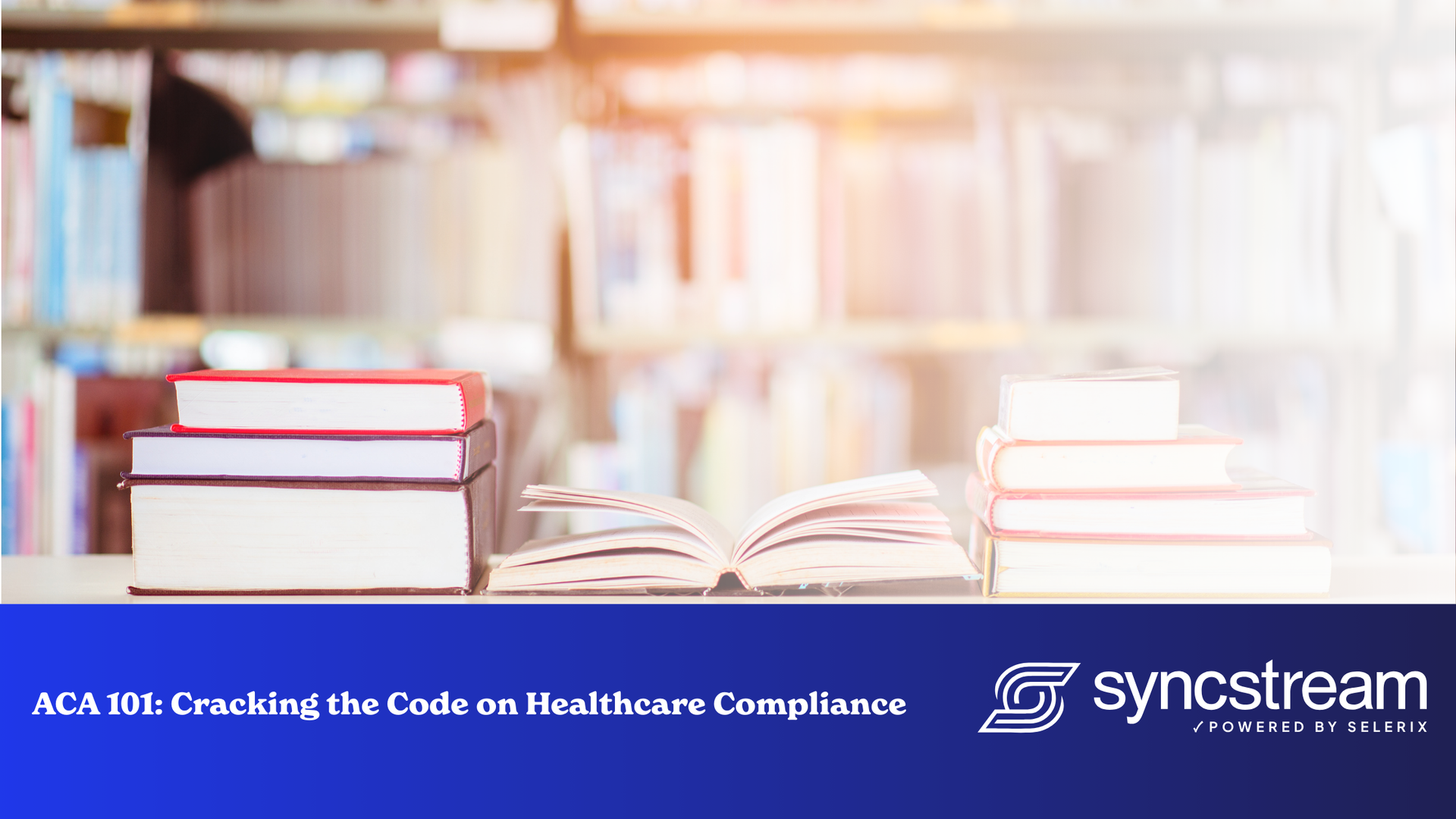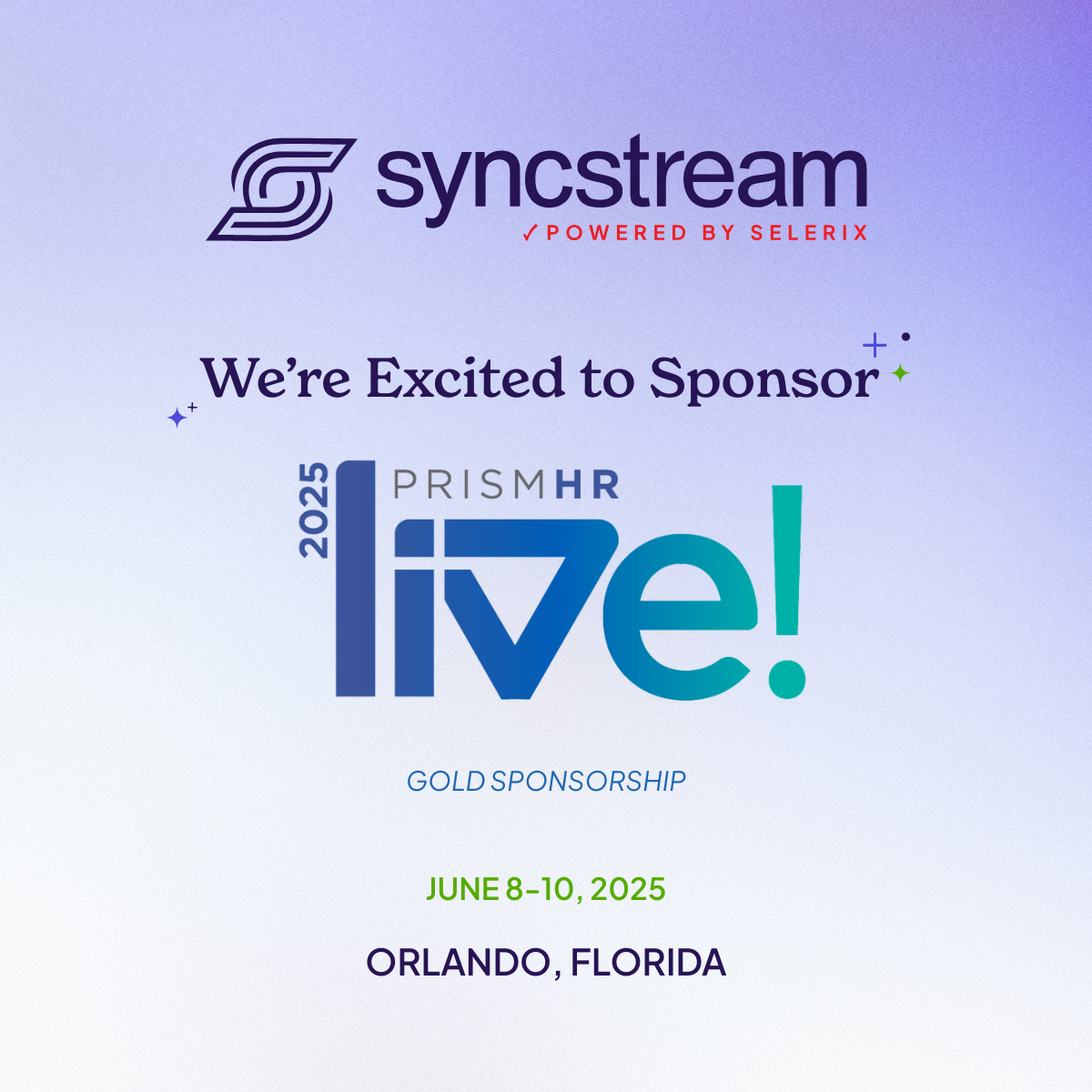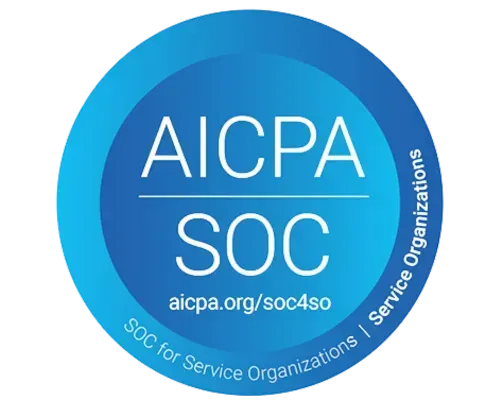So you’re an applicable large employer. Now what?
So you’re an applicable large employer. Now what?
Blog / By Anna Silva
Everyone likes growth, but no one likes growing pains. Unfortunately, you can’t have one without the other. More employees, more revenue, and more influence undoubtedly come with more paperwork, more responsibility, and more regulations.
When your company passes 50 full-time equivalent employees, for example, you become an applicable large employer (ALE) under the Affordable Care Act (ACA). That means you must offer ACA full-time employees with health care coverage and report back to the IRS that you’ve complied with these requirements.
Whether it’s your first, 10th, or 50th year as an ALE, this holds true. But if you’re right on the brink, or reaching that threshold for the first time, the process can be confusing and time consuming.
If your business is right on the border of ALE status, here’s what you should know.
What is an applicable large employer?
An ALE is any organization that has had an average of 50 or more full-time equivalent employees during the past year. The number of full-time equivalent employees is then averaged for every month of the year to get the number that determines the ALE classification. There can be exceptions to the rules, such as control groups or seasonal workers, which may alter your ALE status, but for most businesses, tracking hours will determine your status for the upcoming year.
Preparing for growth, the ACA way
If you think you might creep up on ALE status within the year, and you haven’t been tracking employees, you need to start now. When you reach 40 full-time equivalent employees is a good place to start, just in case you happen to reach ALE status during that year. After all, reaching this average at any point in 2017 would mean that you would have to provide the right employees insurance starting on Jan. 1, 2018, and collect the data to properly file in 2019 with everyone else.
There are no extensions or reprieves for those who are new to being an ALE.
Beyond tracking hours to make sure that you have or have not reached ALE status, you need to check that all of your employees’ census data is up to date, your benefits offerings are accurate, and your payroll data is organized. Should you need to report as an ALE, you’ll need all this data to prove compliance.
Ignorance is not an excuse for noncompliance. Failing to file when you’re supposed to is the most surefire way to earn a penalty. Even good faith efforts of past years required everyone to file, and this year, the IRS is beginning to collect on those who didn’t.
Next year, it’s looking more and more as though the IRS will be collecting on all penalties, making correct reporting (not just punctual reporting) more important than ever. If you think you might be close to reaching ALE status, make sure you start tracking all the necessary variables so you aren’t hit with noncompliance penalties.
Start compliance early
ACA reporting is still confusing those who have been doing it for several years. If you’re new to the party, you’re likely to be even more confused. It’s easier to take simple steps, such as tracking data and offering benefits as need be, than scramble to pull together all the data and reporting at the end of the year.
If you’re closing in on that 50-full-time equivalent threshold, act as though you’re already there. You’ll thank yourself when you finally do reach the other side.





